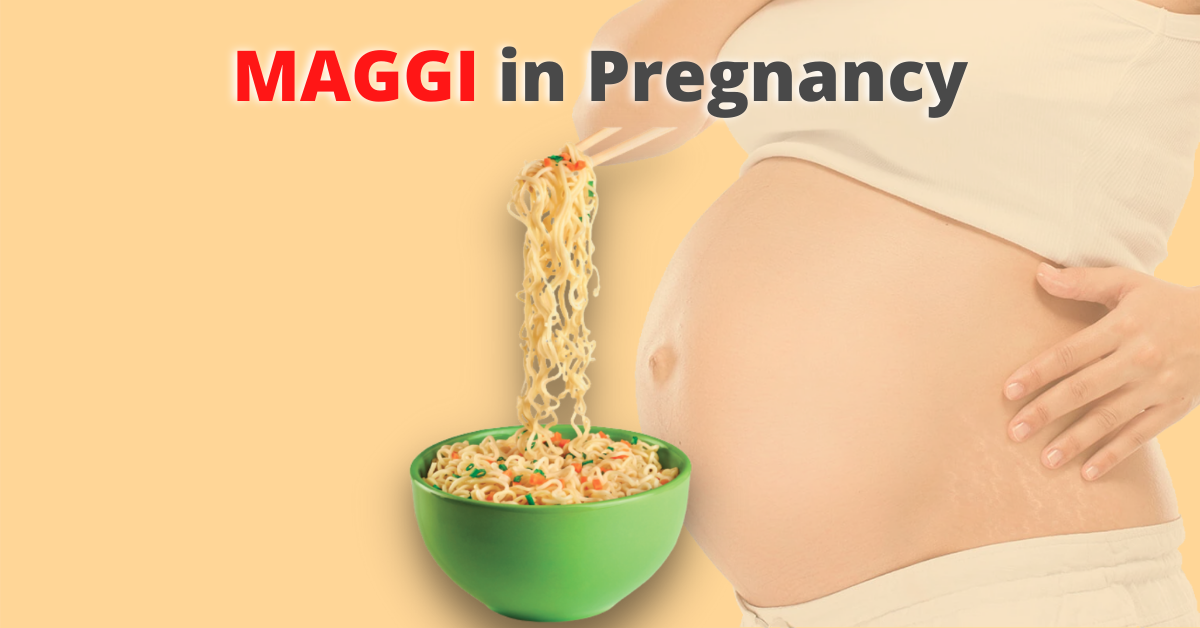
Labor is a Natural Process
Sometimes labor is over in a matter of hours. In other cases, labor tests a mother’s stamina, patience and tolerance. PAINLESS LABOUR IS A BOON!
Early labor / Latent phase of labour
- Duration – hours to days
- During early labor, your cervix dilates and softens.
- Mild, irregular contractions
- Clear, pink or slightly bloody discharge. Early labor isn’t particularly uncomfortable.
- Engage yourself –
- Take a walk
- Have relaxing shower or bath
- Listen to your favourite music
- Try breathing or relaxation asanas
- Change positions
- If your water breaks or you experience significant vaginal bleeding come to the hospital otherwise stay at home till active labour starts.
First Stage – Active labour
- During active labor, cervix will dilate from 4cm to 10 cm.
- Contractions will become stronger, closer together and regular.
- Legs might cramp,
- Nausea or vomiting episodes
- Feeling of pressure in the back
Now is the time to head to the hospital –
In the hospital, as labor progresses and the pain intensifies, request for pain medication or labour analgesia if you want it.
How long does it last?
- Active labor often lasts for four to eight hours or more.
- Cervix dilates at approximately one centimetre per hour
- To promote comfort during active labor –
- Change positions
- Roll on a large birthing ball
- Take a warm shower or bath
- Take a walk, stopping to breathe through contractions
- Have a gentle massage between contractions
- Small amounts of clear liquids, such as water, coconut water, clear soups, ice chips, popsicles and juice, will be offered instead of a large, solid meal.
Last part of active labour
- Pressure in your lower back and rectum.
- Having the urge to push/ poo
- But, pushing too soon can cause your cervix to swell, and head to get fixed in wrong angle which might delay delivery.
- Blow your way through the contractions – Easy quick blowing of air
Second stage – It’s time! You’ll deliver your baby now
- Crowning (head seen on the perineum)
- Push! Push! Push! Push! Push! Push!
- Push during each contraction.
- If you feel like pushing don’t hold tension in your face while pushing.
- Bear down and concentrate on pushing.
- Slow down, control your pushing to give your vaginal tissues time to stretch rather than tear
- Once baby’s head is delivered, the rest of the baby’s body will follow shortly
And you are there, holding the baby on your tummy, holding in your arms with sigh of relief, exhaustion and happy tears rolling.
Third Stage
- Delivery of placenta and suturing of episiotomy or tear.
- You are oblivious to what’s going on around you.
- Relax, try breast-feeding your baby and savour the special time with your baby


